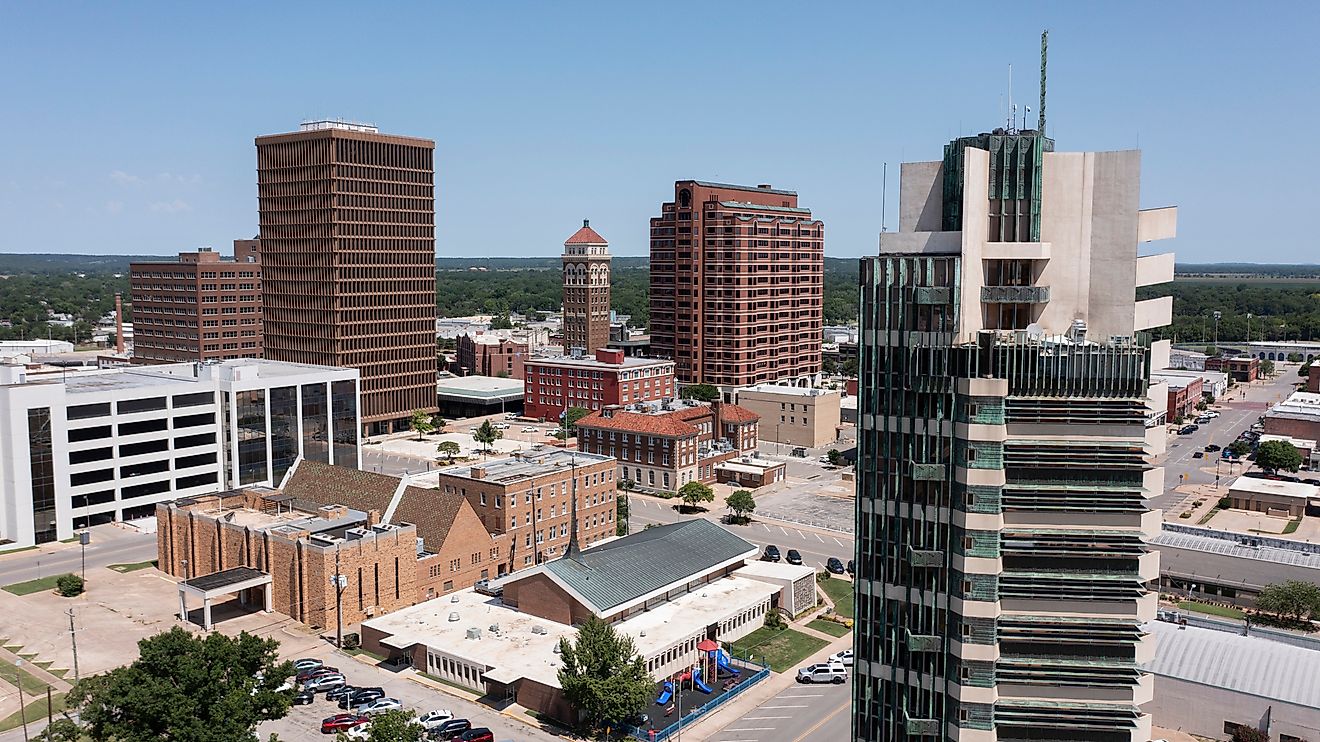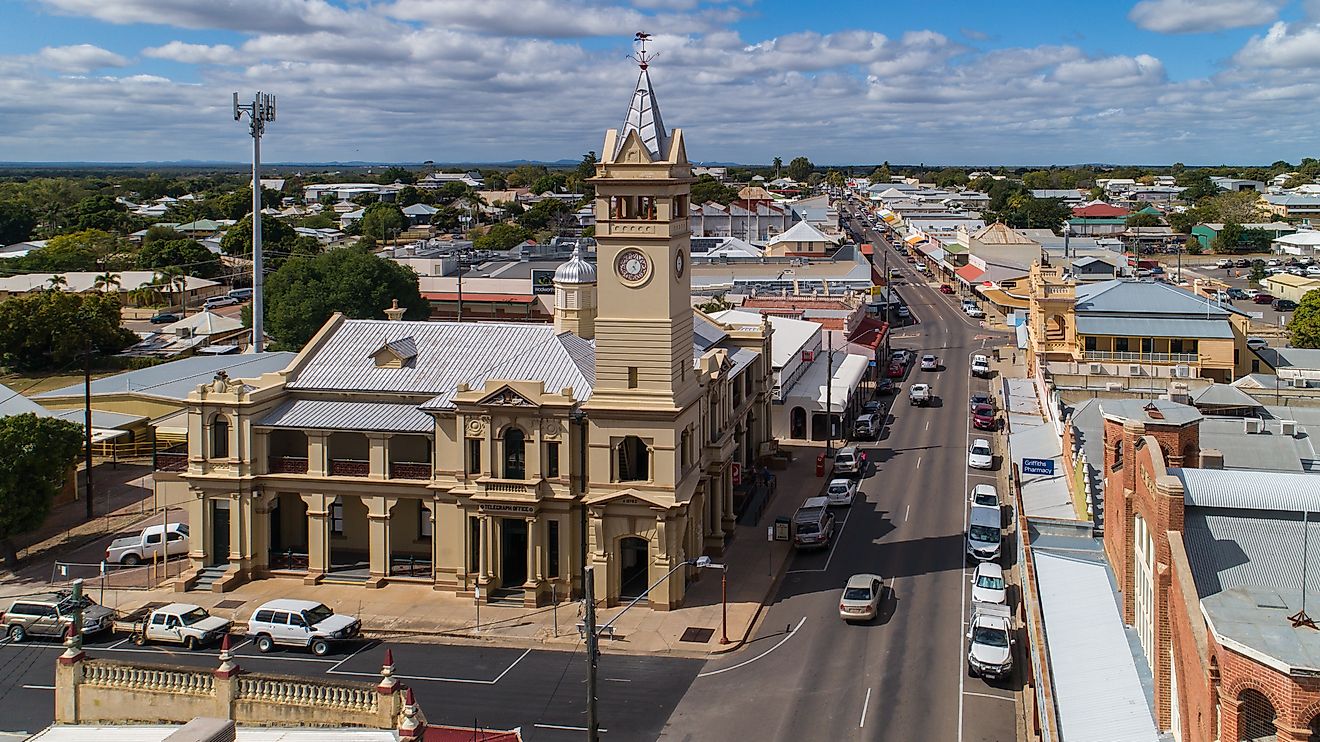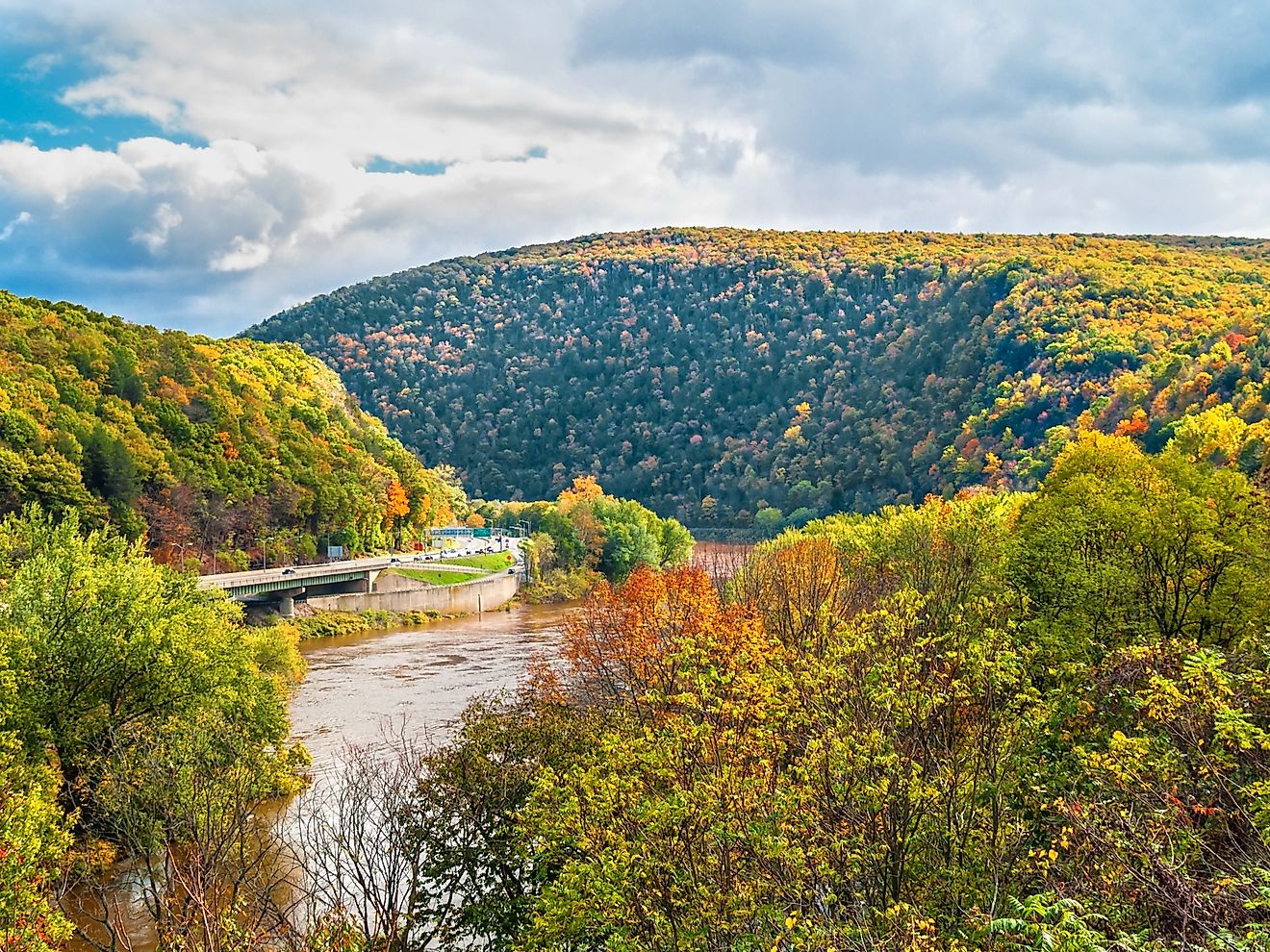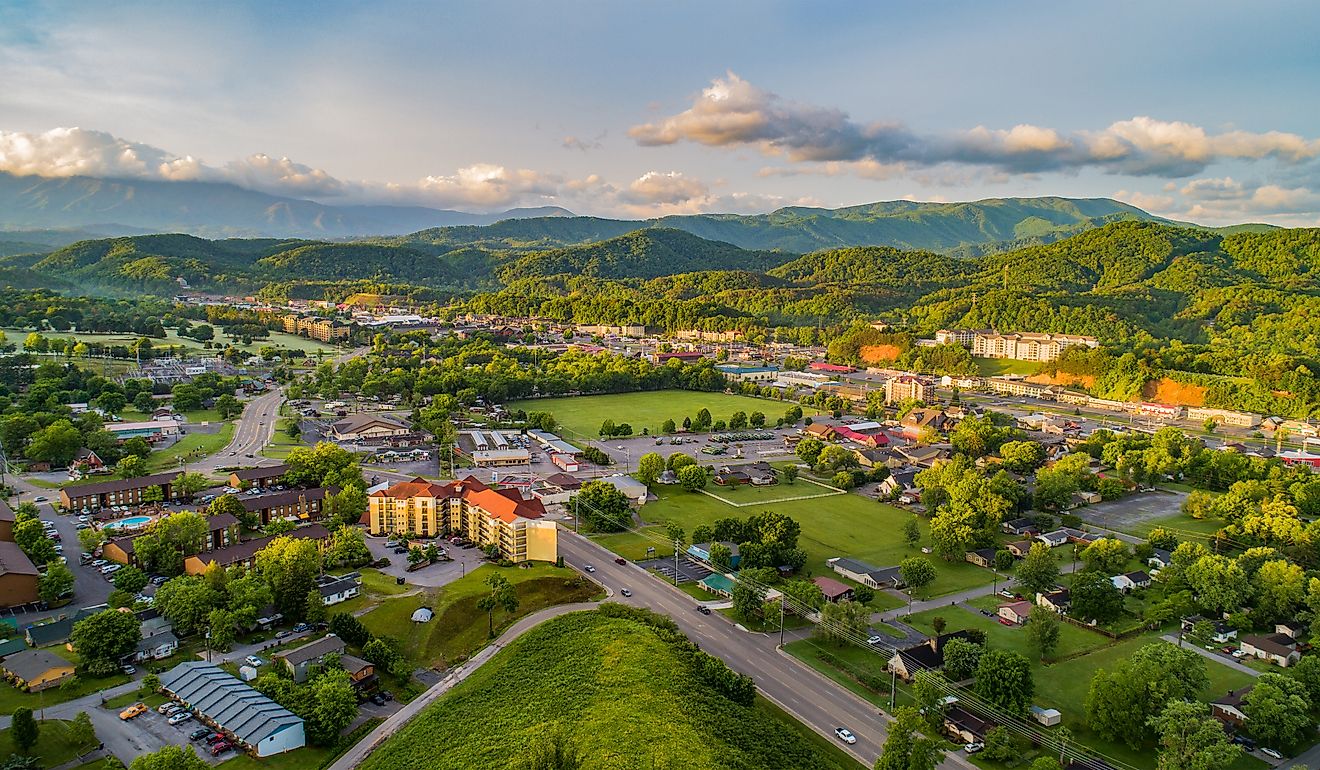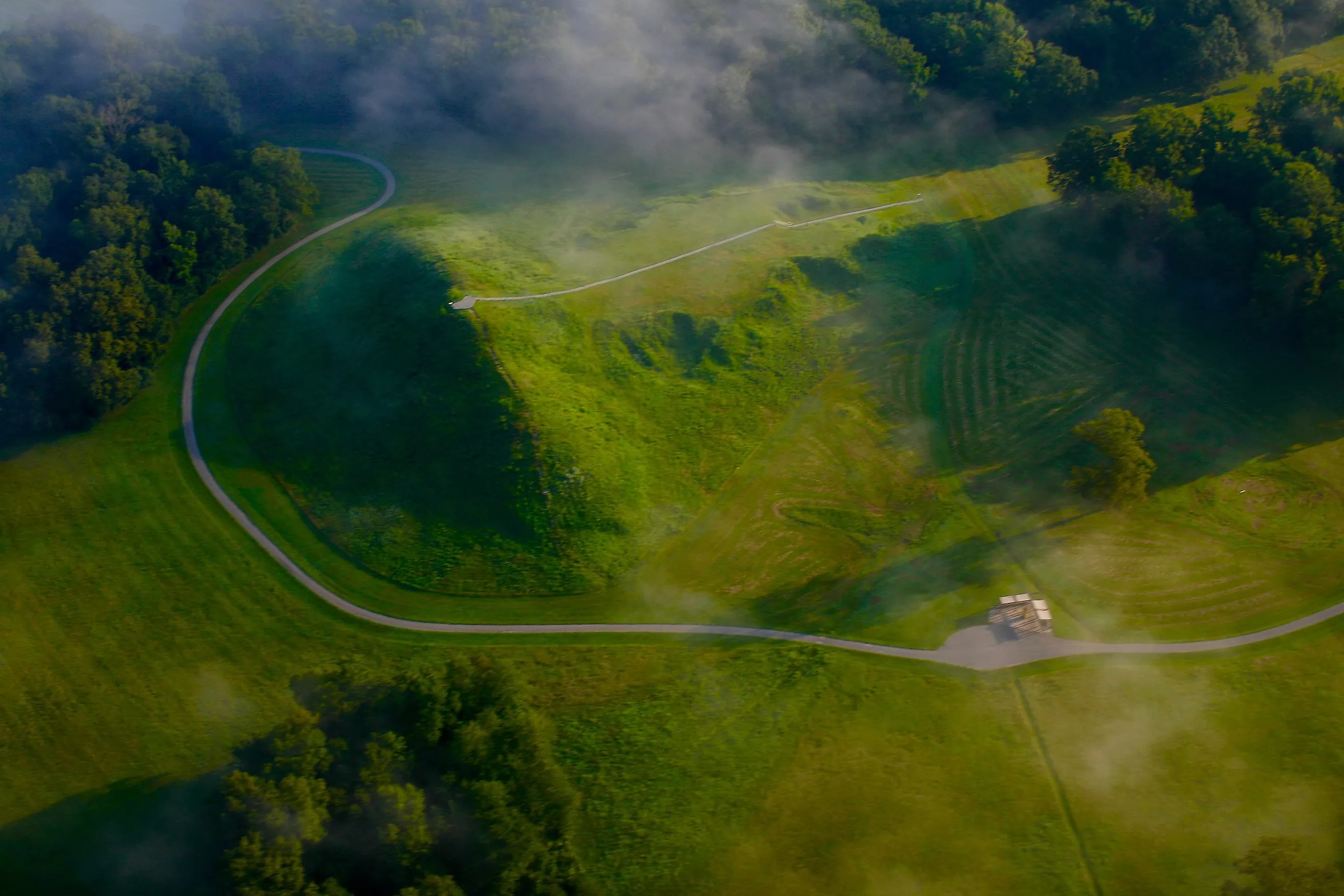
Monumental Earthworks of Poverty Point
The Great Pyramid of Giza, the Great Wall of China, and Stonehenge are just a few of the great marvels created by ancient peoples. If attention is ever drawn to the Americas, it is toward central and southern American civilizations like the Maya and Inca. Rarely are any North American marvels brought up, but some do exist, and one of them is near Epps, Louisiana, in the United States. The Monumental Earthworks of Poverty Point, also called the Poverty Point Earthworks, is a site with earthen ridges and mounds built by the indigenous Americans of the Poverty Point Culture. While it is one of the United States' most impressive historical sites, it is relatively unknown to the general public.
History
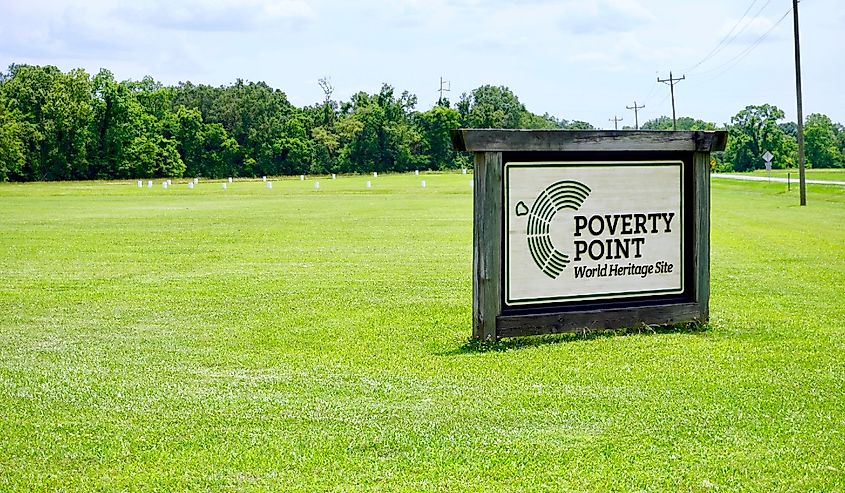
The Poverty Point Earthworks were not built in rapid succession but instead slowly constructed over hundreds of years. While exact dates are estimates due to the lack of written records, the archaeological record suggests that construction began around 1800 BCE and ended around 1200 BCE, though those dates are often contested by archaeologists. The identity of the people who built the site is lost to history, referred to as the Poverty Point Culture. They were hunter-fisher-gatherers, unique amongst many of the other great builders of history who were generally agriculturalists. They lived off of local animals, fish, and plant life and left behind many artifacts, including earthen bowls, tools, clay figures, and beads, amongst many others. What is interesting is the presence of stone and copper artifacts, despite the fact that Poverty Point has no naturally occurring stone or copper. This indicates the Poverty Point people were active in trade with other Native Americans, some as far away as the Appalachian Mountains, where the copper originated from.
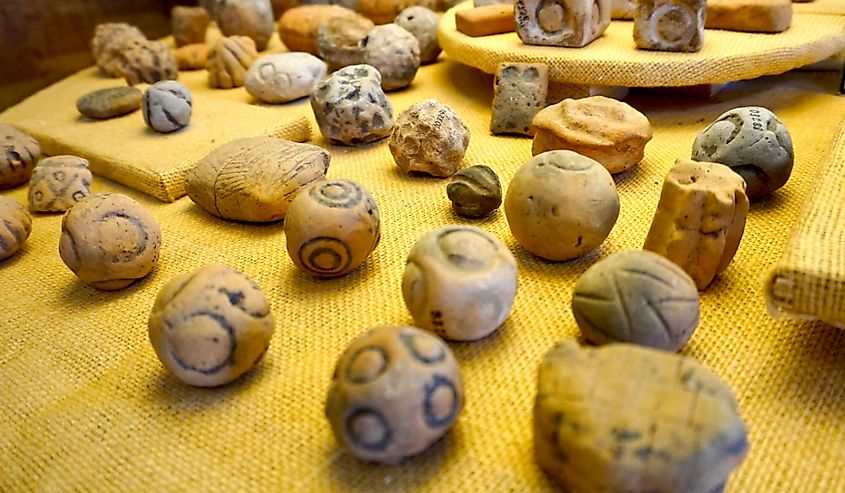
At some point, the Poverty Point culture abandoned the site, possibly due to changes in rainfall, temperature, or an increase in flooding. Whether or not Poverty Point was a full-time settlement or only used for periodic activities is still debated, but evidence of long-term settlement does exist. Archeologists discovered remains of hearths and ovens on the site, as well as a large amount of trash. However, other experts have put forward the idea of Poverty Point being a trade and gathering point for multiple tribes, though many have questioned whether the indigenous peoples would have put so much effort into creating a space only used temporarily. A third possibility is the religious or spiritual significance of the site, but that also remains inconclusive, as the site does not match up exactly with astronomical movements or local Native American religious beliefs.
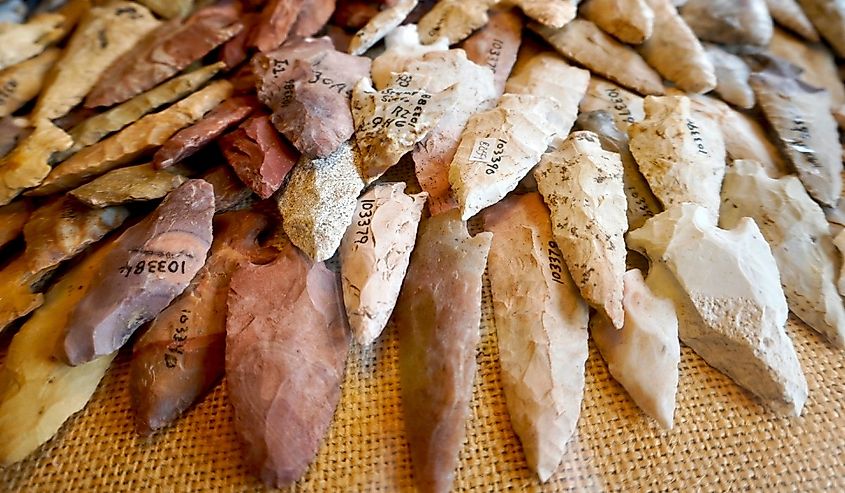
Abandoned for many centuries, the first written account of Poverty Point came from American explorer Jacob Walter, who wrote about it in his diary as he searched for a lead mine in the 1830s. The first published account occurred over 40 years later, in 1873, when former Confederate officer Samuel Lockett wrote about the site. There were dozens of expeditions to the site through the 20th century, and many are still mounted to this day, each coming back with exciting finds and new theories. In 1962, the area was designated a National Landmark, and a museum was built on the site in 1976, while in 1988, it was designated a United States National Monument. In 2013, Poverty Point joined an elite group when it became a UNESCO World Heritage Site. The site still faces the threat of erosion from nearby bayous, a constant battle for which the Louisiana Office of State Parks must always be on guard.
Construction
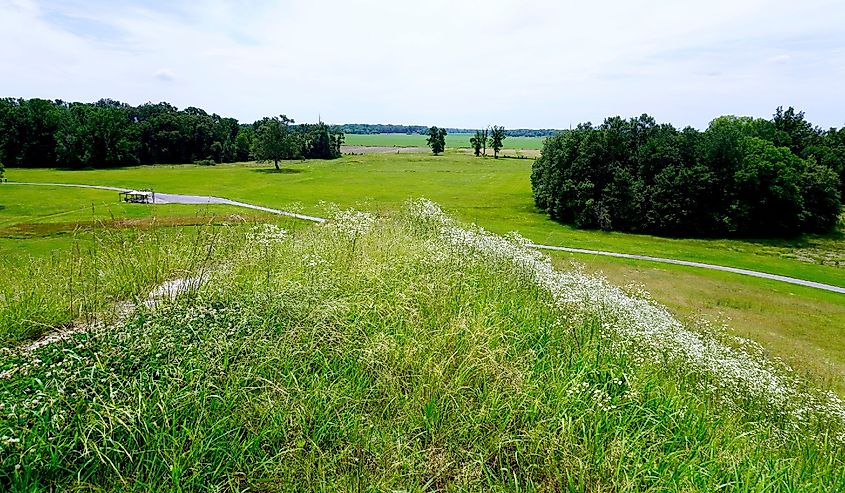
According to archeological digs in the area, Poverty Point workers began the construction process by leveling the area, filling in gullies, and ensuring the area where they were to build the earthworks would be flat. Loess, a silt loam soil, was the main construction material, but they may have also used clay in order to prevent erosion. Moving the soil with baskets and then dumping them in multiple piles, mounds formed. These were then connected in order to form an earthen mound. These baskets could have carried between 30 to 50 pounds of dirt. The number of workers who participated in the overall construction or the construction of individuals is unknown. One generally agreed-upon point about the workers is that they built temporary homes and lived on site as they built the earthworks.
Size and Features
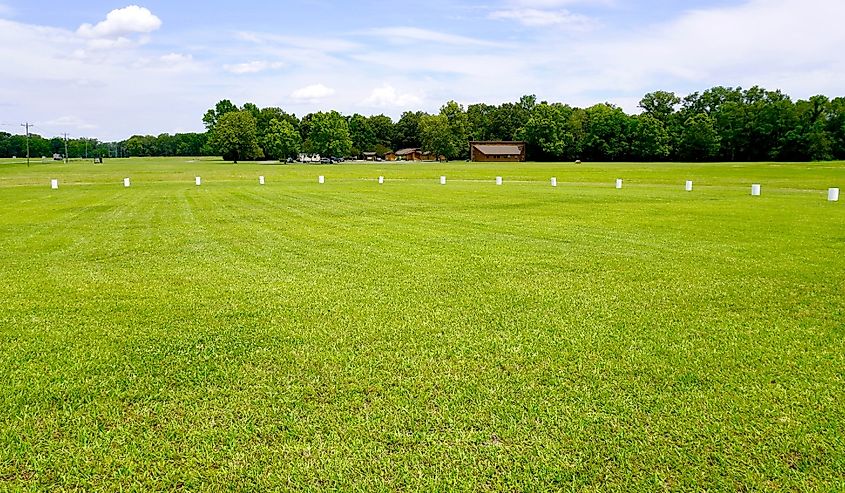
The site is 345 acres in total, divided between several mounds and other features. The main area is the six C-shaped ridges, each with a gulley separating them from the other. They can vary in height from 0.3 to 6ft tall but may have once been much taller, now worn down by erosion and agricultural plowing. Enclosed by the ridges is the 37.5-acre plaza where the workers smoothed out the ground by filling in gulleys and holes. In these two areas lies most of the evidence for settlements, including the remains of earthen ovens and hearths. Alongside these features, there are six main mounds, titled A-F.
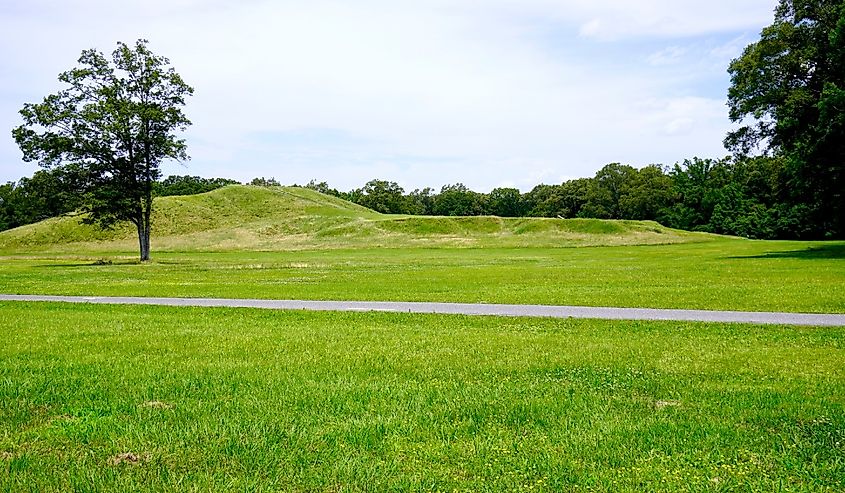
Mound A is the most visible and largest, standing at 72 feet in height with an area of 705 x 660. According to the most recent research, Mound A was built in less than three months. To the north of Mound A is Mound B, standing at 21 feet in height. According to radiocarbon dating and site digs, it was the first mound built on the site and was built in several stages. Southeast of Mound B and inside the Plaza is Mound C, standing at 6.5 feet in height, 260 feet in length, and 80 feet in width. It once had a wagon road built on it, but erosion has affected the structures. Some suggest Mound C was an early construction, while others suggest it was built over time.
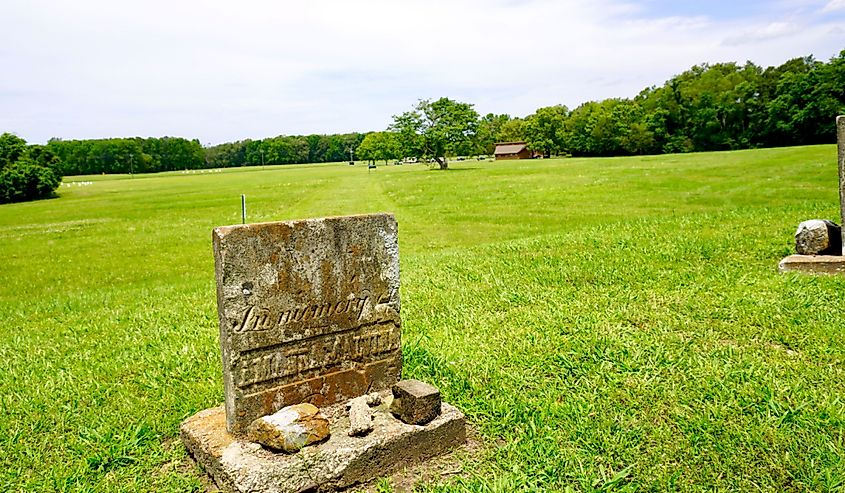
Southeast of Mound C is Mound D, a rectangular mound 4 feet in height. The material evidence suggests it was partially built by the Coles Creek people in addition to the Poverty Point people. To the west of Mound D is Mound E. Rectangular and flat-topped, it stands 13.4 feet tall. The mound was built in five distinct construction stages. The final main mound is to the northeast of Mounds B and C and is the most recently discovered. Mound F is around 5 feet tall and believed to be one of the last mounds added. There are also the Lower Jackson and Motley Mounds to the south and north of Poverty Point, but whether they should be a part of the site is a hotly debated issue.
Travel

Poverty Point National Monument is open every day of the year except Thanksgiving, Christmas Day, and New Year's Day. It is open from 9 am to 5 pm. National Parks passes are not accepted because the site is managed by the Louisiana Office of State Parks. Admission is $4 except for visitors younger than 12 and older than 62, who receive free admittance. Like all outdoor traveling, prepare ahead, arrive early, bring plenty of water, and be courteous to park workers, other visitors, and any wildlife you may come across.
Conclusion
Alongside being a UNESCO World Heritage Site and a National Monument, Poverty Point is a testament to the ability of human beings to create and build no matter the circumstances. Without iron or bronze, without beasts of burden, or even settled agriculture, they created monumental earthworks that still marvel people today. With archaeological techniques improving every year and Native American history entering popular culture more than ever, it is a great time to visit and learn more about the Monumental Earthworks at Poverty Point.




